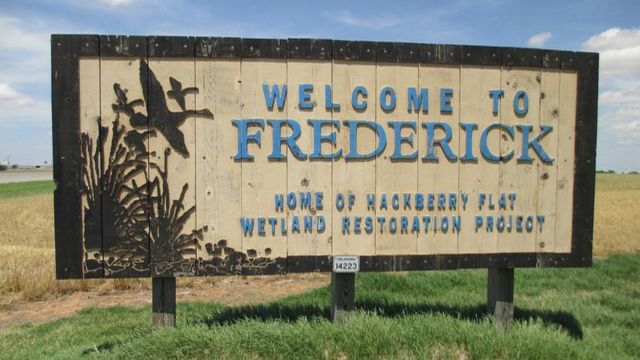Oklahoma is a state experiencing population growth, but not all its cities are sharing the same trend. According to data from the U.S. Census Bureau, Frederick, a small town in southwestern Oklahoma, has seen a significant decline in population since 2000, making it the fastest shrinking city in the state.
What Sets Frederick Apart?
Frederick boasts a rich and storied history dating back to its founding in 1901 as a railroad town. It once thrived as an agricultural and industrial hub, cultivating crops like cotton, wheat, and peanuts, and producing various goods, including aircraft components, furniture, and clothing. Frederick is also renowned for its cultural and historical attractions, including:
- The Pioneer Heritage Townsite Center, a museum showcasing the early settlers’ lives and Frederick’s history.
- The Crawford Collection, a private repository featuring over 200 antique automobiles, motorcycles, and tractors.
- The Hackberry Flat Wildlife Management Area, a wetland habitat hosting thousands of migratory birds and other wildlife.
- The World War II Airborne Demonstration Team Foundation, a volunteer group dedicated to preserving and honoring the legacy of the paratroopers who trained at Frederick Army Air Field during World War II.
Why Is Frederick Shrinking?
Frederick faces several challenges contributing to its declining population. Some key factors include:
- Economic Decline: Over the years, Frederick has experienced the closure of numerous businesses and industries, resulting in reduced job opportunities. In May 2021, Frederick’s unemployment rate was 7.1%, exceeding the state average of 4.0%. The city’s median household income in 2019 was $34,375, lower than the state average of $52,919. Frederick’s poverty rate was 23.5% in 2019, surpassing the state average of 15.6%.
- Outmigration: A significant number of residents, particularly younger and more educated individuals, have left Frederick in search of better prospects elsewhere. Between 2010 and 2020, the city experienced a net migration loss of 2,935 people. This has resulted in an aging and diminishing population, further straining the local economy and services.
- Natural Decrease: Frederick has also observed a natural population decrease, with more deaths than births. From 2010 to 2020, the city’s natural decrease amounted to 561 people. This reflects low birth rates and high mortality rates, influenced by factors such as healthcare access, education levels, and lifestyle choices.
How Can Frederick Recover?
While Frederick is not alone in its population and vitality challenges, there are success stories and best practices from other small towns across America that can inspire and guide its recovery efforts. Some potential strategies include:
- Economic Diversification: Frederick can explore innovative ways to diversify its economy, creating more job opportunities and income for its residents. Options include leveraging natural resources and attractions to develop tourism and recreational industries. Supporting local entrepreneurship and small business development through incentives, support, and training can also stimulate economic growth.
- Community Engagement: Encouraging a sense of community and civic pride among residents is essential. Organizing festivals, parades, concerts, and other events celebrating the city’s talents and diversity can foster community bonds. Promoting volunteerism and philanthropy by creating opportunities for residents to contribute to the city’s well-being is equally valuable.
- Regional Collaboration: Frederick can collaborate with nearby cities and counties to establish regional partnerships that benefit all parties involved. Participating in regional planning and development initiatives, addressing shared concerns such as transportation, infrastructure, education, healthcare, and the environment, can be mutually advantageous. Joining regional networks and organizations that provide resources, information, and advocacy for rural communities can also be beneficial.
While Frederick may currently be the fastest shrinking city in Oklahoma, it doesn’t have to be the end of its story. With a clear vision, effective leadership, and concerted action, Frederick can reverse its decline and revitalize its future.

